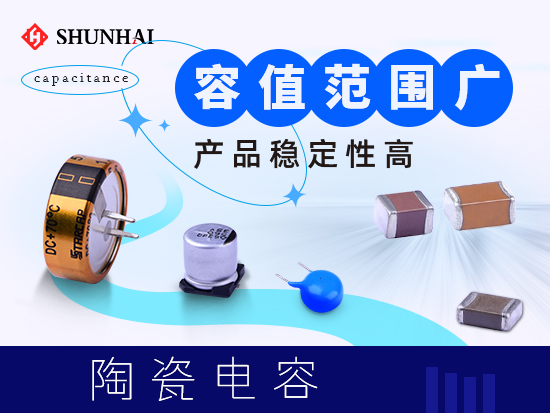Patch capacitors are widely used in communication electronics, high-frequency electrodeless lamps, LED lighting and HID stabilizers, electronic ballasts for energy-saving lamps, high-voltage boards for liquid crystal displays, on-board equipment, RJ45, program-controlled switches and network communication. Many customers will encounter cracking, short circuit, burning and other phenomena when using SMD capacitors, so how to deal with these phenomena, we must first know the reasons of these phenomena.

First, the chip capacitor is "cracked"
Chip capacitor "cracking" means that the product can not work normally due to cracks on the capacitor. There are three reasons for this phenomenon, which are analyzed and interpreted as follows
(1) after 1)PCB is subjected to external force, there are many cases of open circuit;
(2) If no capacitor body is impacted by external force, it may be short circuit or low resistance;
(3) Excessive external stress voltage will also lead to MLCC capacitor failure, which is generally short circuit or low resistance, but this phenomenon should be rare when sufficient allowance is reserved;
Interpretation: In this case, it is usually necessary to check whether the product needs to vibrate or shake when working, and then check whether the product capacity meets the requirements.
Second, the chip capacitor is "short-circuited" and "burned"
The "short-circuit" and "burn-out" of the chip capacitor means that the capacitor can not continue to work when the PCB works. There are three reasons for this phenomenon, which are introduced and explained as follows
(1) the capacitor package model is not large enough
(2) The reserved margin is not enough
(3) The withstand voltage is too small or the product current is too large
Interpretation: If this happens, we need to change the patch model to find out the specific reason. Then select the withstand voltage or model of replacing the patch capacitor. If no suitable model can be found for replacement, capacitors can be connected in parallel or in series to solve the problem.
